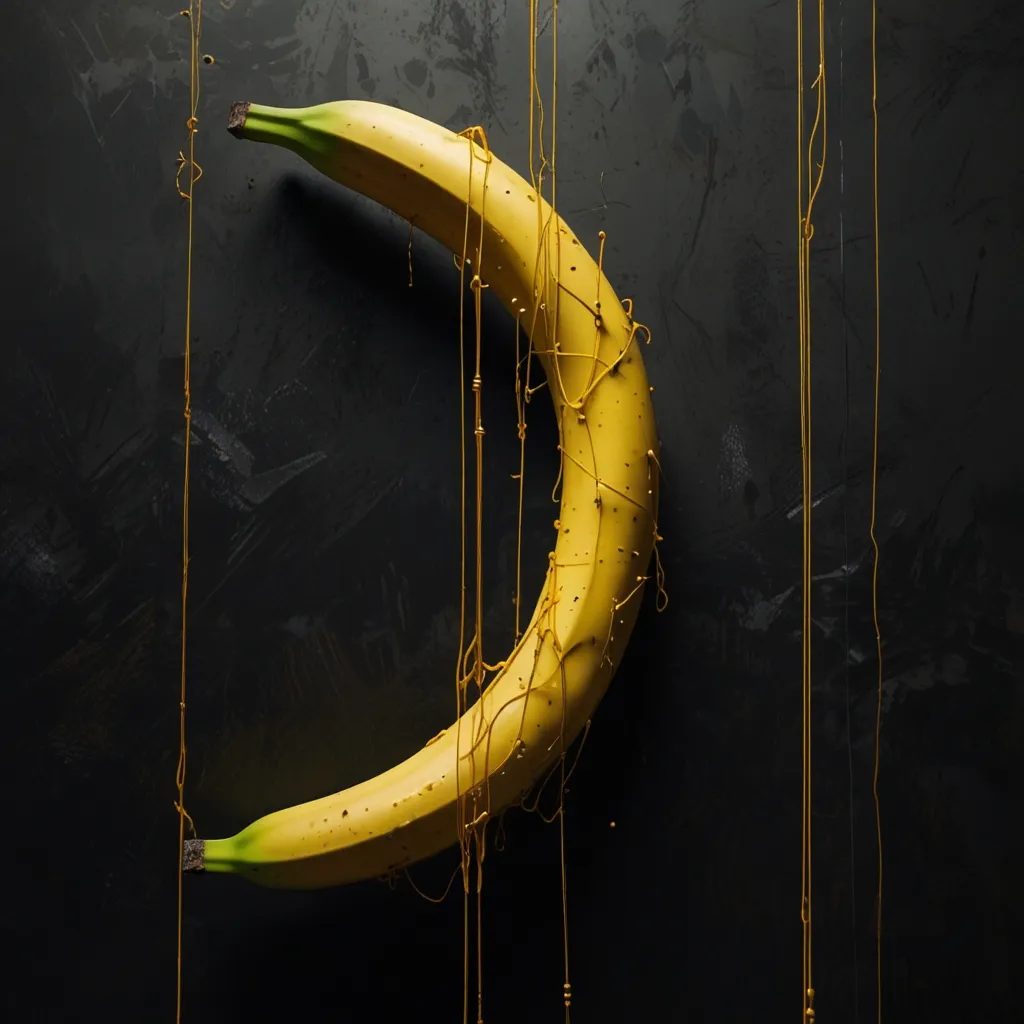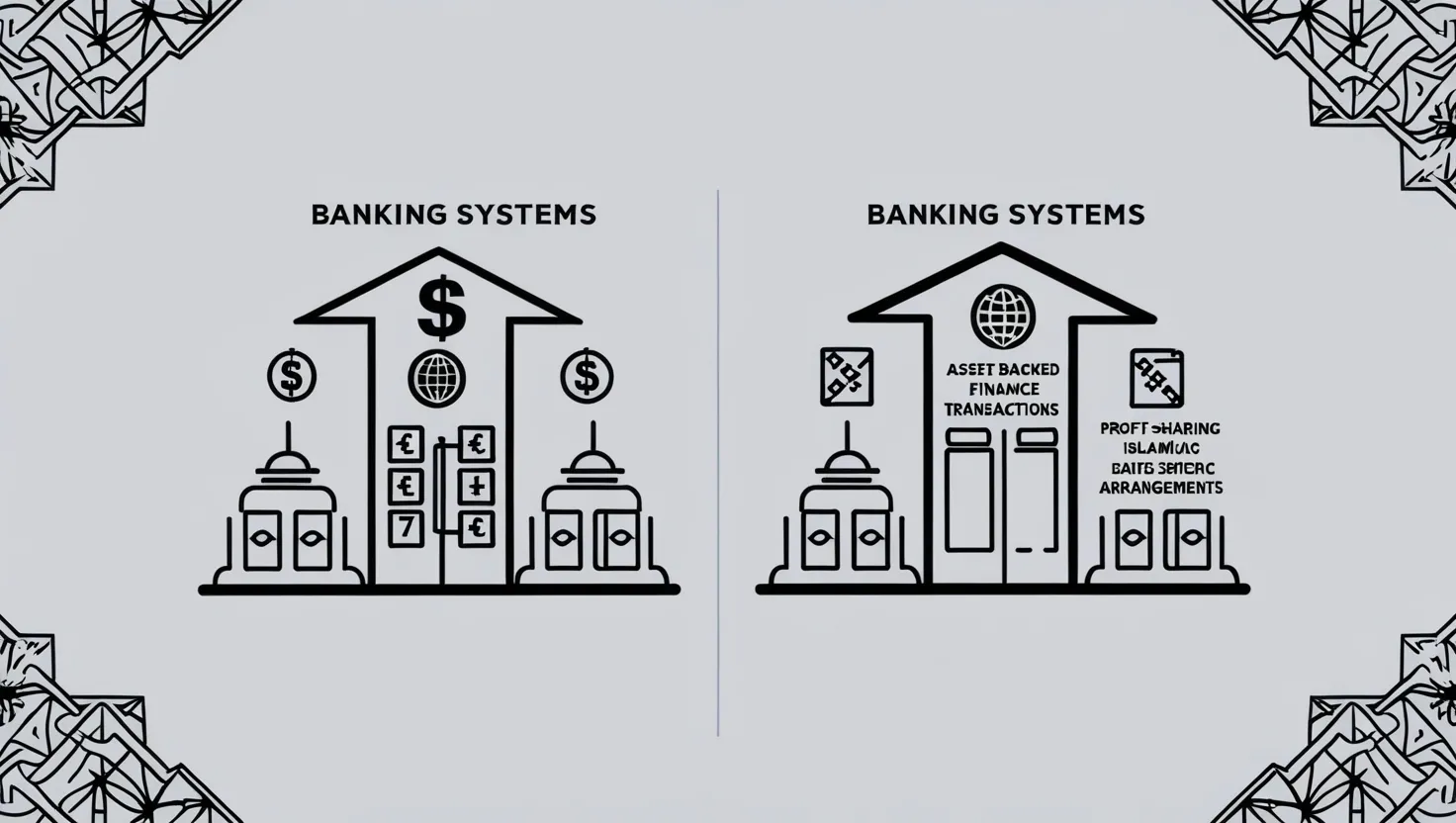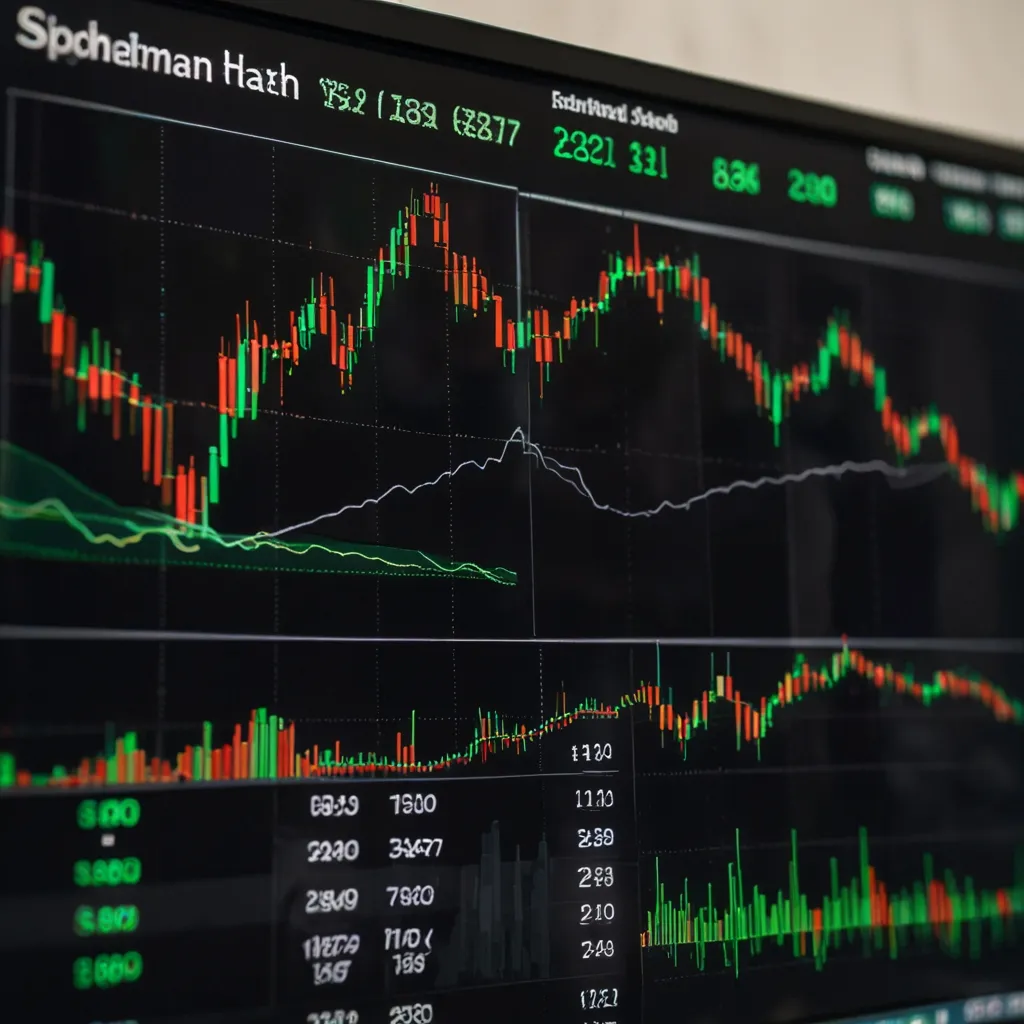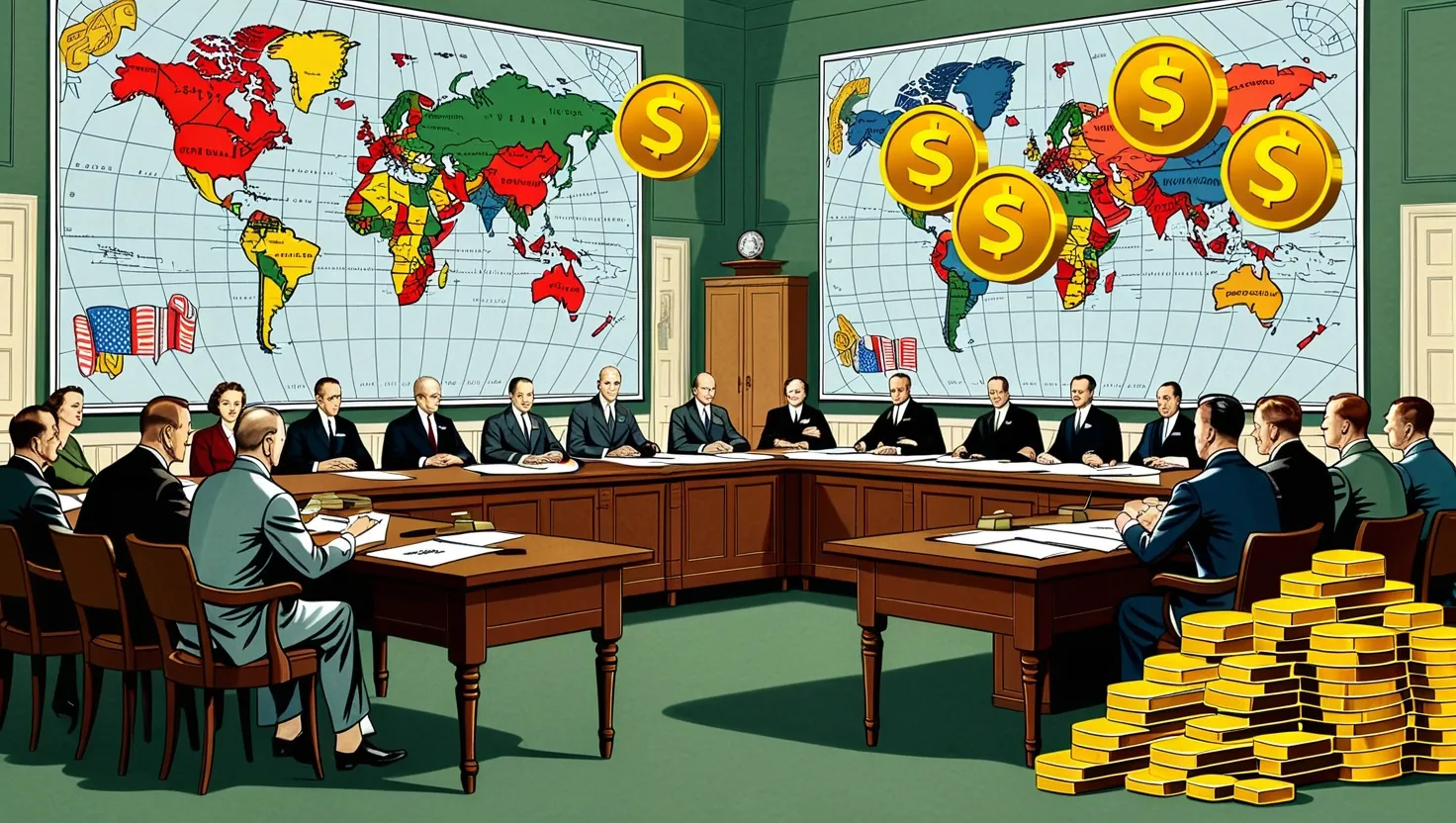Salvator Mundi by Leonardo da Vinci—a painting that fetched a whopping half a billion dollars in 2017, is a jaw-dropping example of how much value we slap onto art these days. Now, when you come across paintings with price tags of around a hundred million dollars each, it makes you wonder, “What exactly makes these pieces worth so much?” Spoiler alert: it’s not just about the artist’s talent.
To really get a grip on how money works in today’s art world, we have to rewind a little. Way back when, art was just another craft, like cooking or carpentry. Artists were more like hired help, working on specific projects for wealthy patrons, who dictated the terms. The value of art was pretty cut-and-dry, based on the artist’s skill, materials used, and the time it took to create the piece.
Fast forward to modern times, and things are a whole lot different. Today, a famous artist could get away with duct-taping a banana to the wall, and people would lose their minds trying to decode its “meaning,” probably shelling out a fortune for it. So, what flipped the switch?
The Renaissance period was a game-changer. Artists morphed from being mere craftsmen to being seen as thinkers and innovators, up there with philosophers and inventors. This shift changed how society viewed and valued art. Art became a way to express the artist’s viewpoint, and it started having a cultural punch. The artist’s originality and backstory began to matter, making the value of art more than just a transactional affair.
The elite snobs of society played a big role, too. When rich and influential people started buying art, it sent a message to everyone else about its worth. Take The Interchange by de Kooning, painted in 1955 and sold for a mind-blowing $300 million. The value here wasn’t about the artist’s skill but the fact that this piece sparked a new art movement. Plus, with the artist deceased, his works became rare, adding to their value.
You see, valuing art is a mixed bag of factors and often pretty subjective. But there’s some method to the madness. Auction houses, gallerists, and art consultants all chip in to hammer out a fair estimate of an artwork’s value.
But let’s get real; there’s a darker side to all this. Over the past few decades, the art world has morphed into a big business. It’s no longer just about aesthetics or artistic expression; it’s about how much cash you can squeeze out of a piece. This money-first mentality has led to some shady practices. Artists and their dealers sometimes turn into slick marketers, creating hype and buzz rather than focusing on the art’s intrinsic value. They’ll even buy their own works to inflate prices, then splash those inflated prices all over the press to jack up the value.
Unlike the old-school approach where societal and cultural reactions dictated value, now it’s all about strategic marketing. We’re talking subtle marketing—press releases, social media buzz, and creating an aura of scarcity to pump up perceived value. And guess what? This shady marketing often flies under the radar.
Here’s the kicker: even bona fide criminals have figured out how to exploit the art world. From money laundering to tax fraud, modern art offers a convenient loophole. Imagine a wealthy person wanting to dodge taxes. They could buy an artist’s entire collection and manipulate a sale to set an outrageous price for one piece. They bring in an appraiser who, influenced by this high sale, overvalues the rest of their collection. Next, they “donate” these overvalued pieces to a museum or charity, scoring a sweet tax deduction. This happens way more often than you’d think among the upper crust.
In fact, Mexico passed a law to clamp down on this art market trickery by requiring more details on art transactions. After the law, art sales dropped by 70% in the country. If that’s not a red flag, I don’t know what is!
So there you have it—a whirlwind tour through the history and modern complexities of valuing art. From being considered lowly labor to being sold for hundreds of millions, art has had one heck of a journey.






